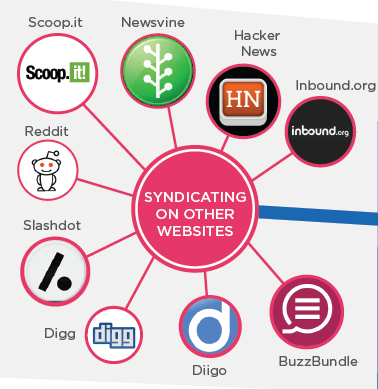Making a website SEO-friendly involves various strategies and optimizations. Here are the top three specific things you can do:
- Keyword Research and Optimization: Conduct thorough keyword research to identify relevant and high-traffic keywords related to your content or products.
Integrate these keywords naturally into your website’s content, titles, meta descriptions, headings, and image alt text.
Ensure that the content provides value to users and aligns with their search intent. - On-Page SEO: Optimize meta tags, including title tags and meta descriptions, for each page. Make them compelling, concise, and relevant to the content.
Create a clear and structured hierarchy for your content using proper HTML tags (H1, H2, H3, etc.).
Improve website load speed by optimizing images, leveraging browser caching, and using a content delivery network (CDN).
Implement responsive design to ensure your website is mobile-friendly, as mobile optimization is a crucial factor in search engine rankings.
Use clean and descriptive URLs that include relevant keywords. - Quality Content and Link Building: Regularly produce high-quality, unique, and relevant content that meets the needs of your target audience. This helps establish your website as an authoritative source.
Encourage natural link building by creating shareable content, reaching out to influencers or industry websites, and engaging in ethical link-building practices.
Foster internal linking within your content to improve navigation and help search engines understand the structure of your website. Focus on building a positive user experience, as user engagement metrics, such as bounce rate and time on site, can indirectly impact your SEO.
Remember that SEO is an ongoing process, and staying updated with search engine algorithms and best practices is crucial. Regularly monitor your website’s performance through tools like Google Analytics and Search Console, and be prepared to adjust your strategy based on data and industry changes.




